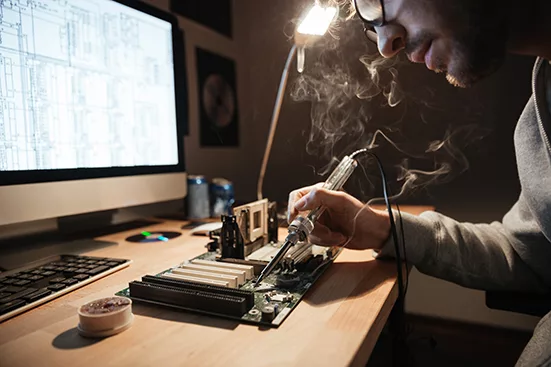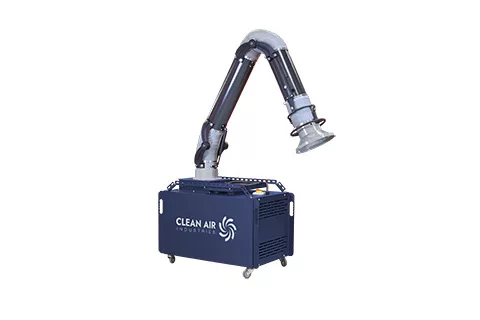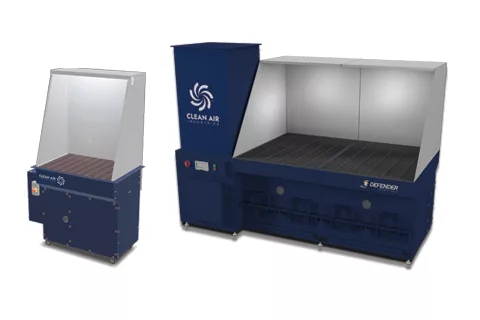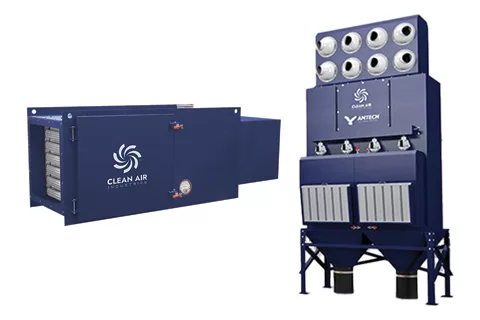Brazing and Soldering
What is Brazing and Soldering?
 Brazing and soldering are both metal joining processes commonly used in manufacturing and electronics industries. While they have similarities, they differ in the temperature at which they are performed and the type of filler metal used.
Brazing and soldering are both metal joining processes commonly used in manufacturing and electronics industries. While they have similarities, they differ in the temperature at which they are performed and the type of filler metal used.
- Brazing: Brazing is a metal joining process that uses a higher temperature and a filler metal with a melting point above 450°C (842°F). The filler metal, often a brass or silver alloy, is heated to its melting point and then drawn into the joint by capillary action. Brazing creates a strong bond between the metal components and is commonly used in applications where higher joint strength is required, such as automotive manufacturing, HVAC systems, and aerospace industries.
- Soldering: Soldering, on the other hand, is a process of joining metal components together using a lower temperature solder alloy, typically below 450°C (842°F). The solder alloy, usually a combination of tin and lead or other metals, is melted to create a bond between the parts. Soldering is commonly used in electronics assembly, plumbing, and other applications where a low-temperature joining process is required.
Impact on Indoor Air Quality
Both soldering and brazing have impacts on indoor air quality within a manufacturing facility, primarily due to the release of fumes and fluxes:
- Fumes: During the soldering and brazing processes, the fluxes and filler metals can vaporize and produce fumes. These fumes may contain various chemical compounds depending on the type of flux and metal being used. Common substances found in soldering and brazing fumes include volatile organic compounds (VOCs), metal oxides, and flux residues.
- Fluxes: Fluxes are substances used to remove oxides and ensure proper wetting and adhesion of the filler metal. Fluxes typically contain organic acids or inorganic compounds. When heated, fluxes can release gases and particulates, contributing to air pollution within the manufacturing facility.
The impacts on air quality depend on factors such as the type of fluxes and filler metals used, ventilation in the facility, and the adherence to safety measures. Inadequate ventilation or lack of proper control measures can result in increased exposure to harmful fumes for workers, potentially leading to respiratory issues and other health problems.
What You Can Do
To mitigate the impacts on indoor air quality, manufacturing facilities should consider the following measures:
- Air Filtration and Ventilation: Implementing proper ventilation systems, such as local exhaust ventilation (LEV) or general dilution ventilation, can help remove and control fumes generated during soldering and brazing processes. Ventilation should be designed to capture and remove the fumes at the source.
- Personal Protective Equipment (PPE): Workers should use appropriate PPE, such as respiratory masks or respirators, to minimize their exposure to soldering and brazing fumes.
- Substitution: Whenever possible, consider using alternative soldering techniques or materials that have lower emissions or are less hazardous to the environment and human health. For example, lead-free solder alloys have been introduced as a substitute for traditional lead-based solder.
- Compliance with Regulations: Follow relevant occupational health and safety regulations and guidelines to ensure a safe working environment. These regulations often provide recommendations on exposure limits, control measures, and best practices for handling soldering and brazing processes.
By implementing proper safety measures, monitoring air quality, and adopting environmentally friendly practices, the impacts on air quality within manufacturing facilities can be minimized, protecting the health and well-being of workers.
Clean Air Solutions for Brazing and Soldering

Portable Fume Extractors
1,200 CFM Airflow
Outperforms competitive units with a draw distance of nearly two feet so you don’t need to constantly re-adjust placement.
Learn More
Downdraft Tables
Up to 9,000 CFM Airflow
Discover portable and industrial downdraft tables available in multiple configurations with best in-class performance.
Learn More
Ambient Air Cleaners
Up to 6,000 CFM Airflow
Effective weld fume extraction and dust collection for your entire facility, using little to no floor space.
Learn More